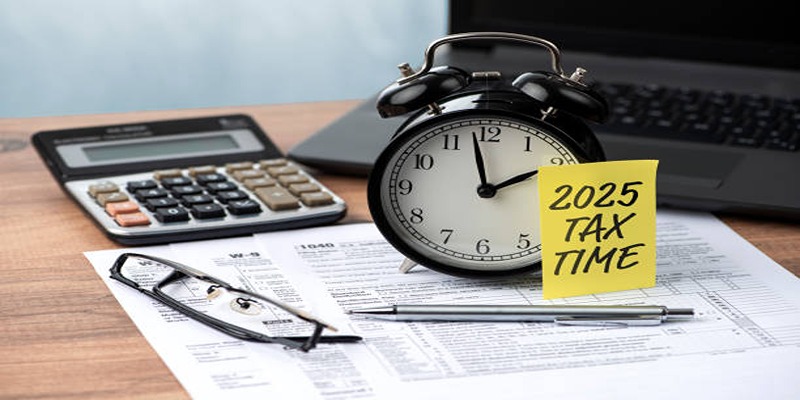Most people use debit cards with checking accounts. You pay bills, shop, or grab cash from an ATM — all through one card. Savings accounts, though, are meant for setting money aside, not for daily use. So, can you get a debit card for a savings account? The answer is yes, but it's not always simple. Banks set rules to protect your savings and limit how often you can use them. Some allow debit card access, but it often comes with restrictions. Before deciding, it helps to understand how banks treat savings accounts and what options make sense.
How Savings Accounts Work and Why Access is Limited?
Savings accounts are built for long-term deposits, not daily transactions. They’re designed to help you store money and grow it through interest. That’s why banks often limit how often you can move money out. While the federal six-withdrawal limit was lifted in 2020, many banks still cap transactions.
Linking a debit card to a savings account goes against that idea. Debit cards make it easy to spend money anytime and can chip away at savings quickly, so banks are careful. Access is usually limited to ATM use or a few monthly transactions, even when they allow it.
Some banks issue a card that works like a debit card but only allows ATM withdrawals. Others may allow actual purchases using funds from the savings account but keep a close eye on usage. Too many withdrawals can result in fees or even a change to your account type.
Which Banks Offer Debit Cards for Savings Accounts?
Not every bank offers this feature, but some do. Online banks are more flexible. Many offer hybrid accounts that act like both checking and savings accounts. These accounts usually include a debit card and interest earnings without strict limits.

Traditional banks often separate checking and savings more clearly. You might be offered an ATM card instead of a full debit card. These cards let you access cash or check balances but won’t work in stores or online. Still, some regional banks or credit unions may provide full debit card access tied to a savings account.
If you're offered a debit card linked to savings, it’s important to ask how it works. Some cards only allow ATM use. Others might let you make purchases but charge fees for too many transactions. In rare cases, the bank may reclassify your savings account as a checking account if you use the debit card too often, which could affect how your money earns interest.
Online banking has also created more flexible account types. With some banks, the savings account may offer debit card access with fewer restrictions, though it's still not meant for heavy use.
Pros and Cons of Linking a Debit Card to a Savings Account
A debit card linked to savings can be helpful if you need quick access to emergency funds or don’t have a checking account. It simplifies your banking and lets you manage everything in one place. For those who rarely dip into savings, this setup can work.
The downside is the temptation to spend. If you can use a debit card anytime, you'll likely tap into savings for non-emergencies. Over time, this makes it harder to grow your balance. It can also increase the chance of fees if you exceed withdrawal limits.
There's another concern: fraud. Savings accounts are usually safer because they're not accessed often. Adding debit card access increases exposure. If your card is stolen and someone drains your savings, it can take time to get that money back—even if the bank eventually covers the loss.
Some banks also limit the benefits of a debit card linked to savings. You may not get features like overdraft protection, mobile wallets, or rewards. These are often reserved for checking accounts since they are used more often and in more ways.
Using a debit card with a savings account also puts the account under more scrutiny. Banks may flag the account or send you warnings if you use it like a checking account. This could lead to unexpected restrictions or account changes.
Smart Alternatives to Using a Debit Card on a Savings Account
If you're thinking about debit card access, ask yourself why. If it's for emergencies, consider linking your savings to your checking account instead. That way, you can move money quickly when needed but keep your savings slightly out of reach.

Another option is to open a hybrid account. Many online banks offer accounts that combine savings and checking features. These let you earn interest while having full debit card access and unlimited transactions. They're a good fit for those who want flexibility without splitting funds between accounts.
Review your bank's terms if you already have a debit card linked to savings. Know how many transactions you're allowed and what counts as a withdrawal. Avoid using the card for everyday spending to avoid extra fees and protect your savings goals.
For people who prefer more separation, keeping savings at a different bank or in an account without card access is another strategy. It adds a small barrier that helps you think before spending. You can still access the money — but not instantly- encouraging you to save it longer.
Conclusion
So, can you get a debit card for a savings account? Yes, but it depends on your bank and how you plan to use it. Some banks offer debit or ATM cards with restrictions, while others discourage them from protecting your savings. If you're trying to build a financial cushion, easy access might work against you. A debit card linked to savings can be useful in emergencies but may invite overspending. Before you request one, consider whether it supports your long-term goals. Sometimes, a little friction is the best way to stay disciplined and let your savings do what they’re meant to.












